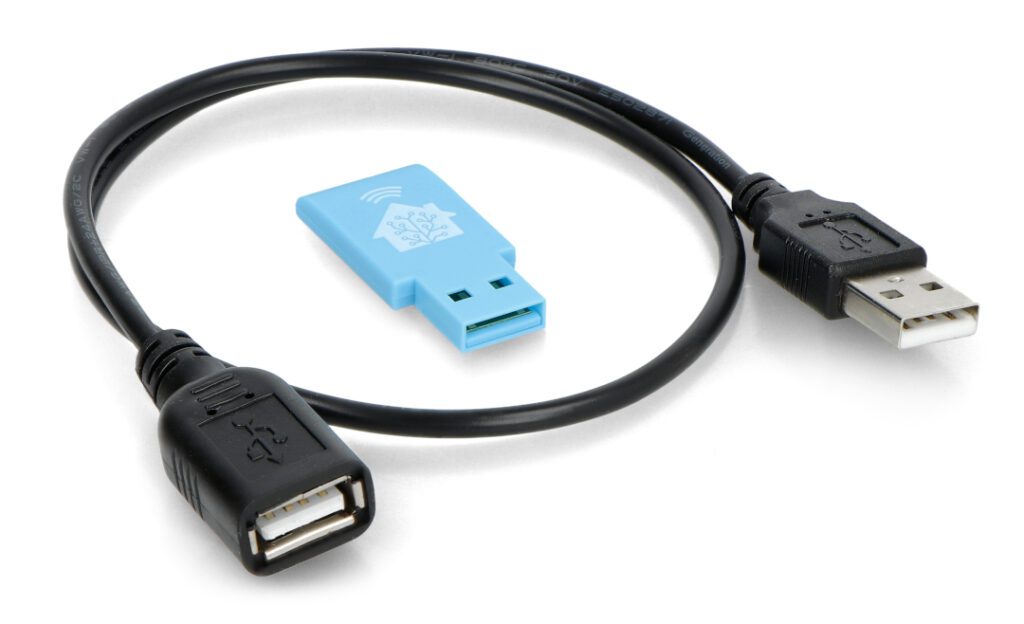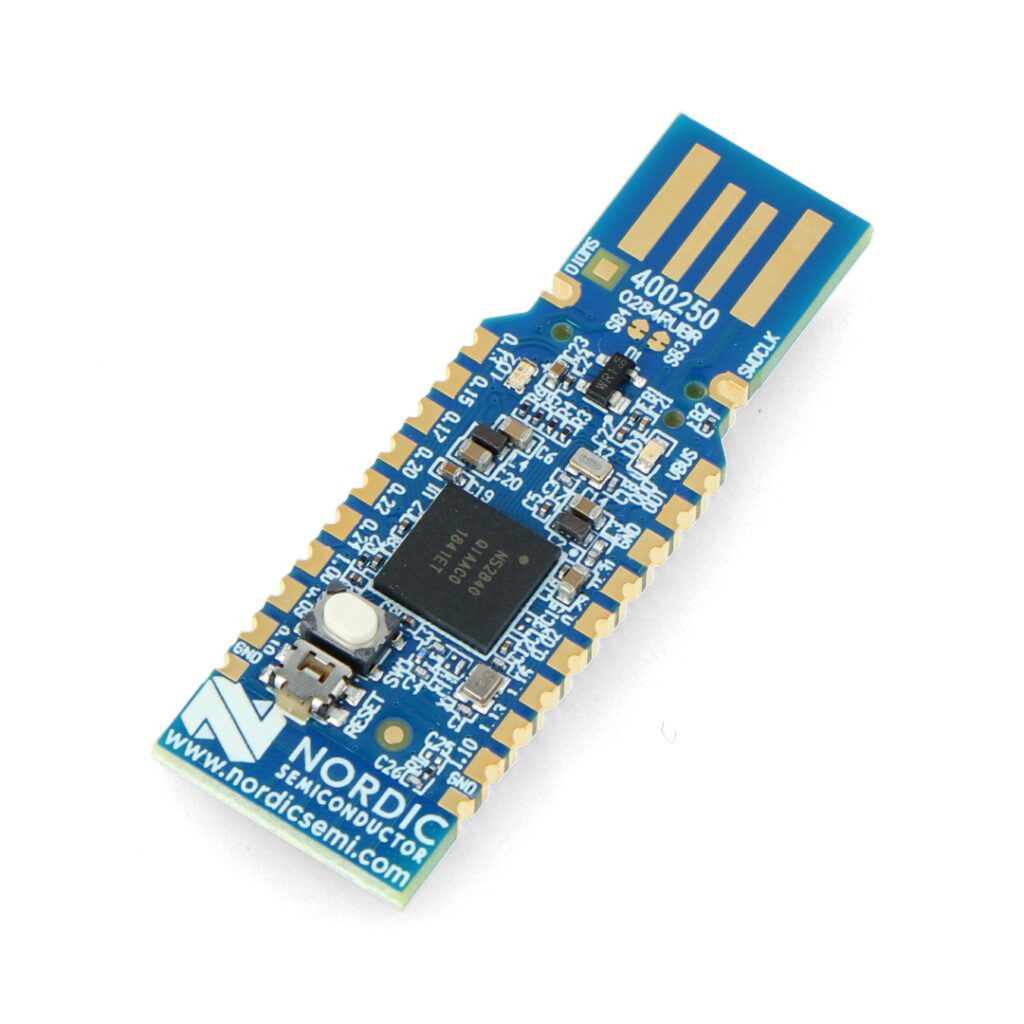Table of Contents:
Zigbee is a communication protocol developed by the ZigBee Alliance.
It is known for its reliability and low power consumption, so it is sometimes widely used in smart homes and industry.
It also works well in IoT (Internet of Things) applications.
The protocol has been in development since 2002, and brings together companies such as Philips, Xiaomi, Siemens, Samsung, Amazon, Bosch and Motorola.
Version 1.0 of the ZigBee specification was created in 2004, and an improved ZigBee 3.0 protocol was introduced in 2016.
Zigbee combined with the Arduino microcontroller creates a powerful tool for developers and engineers to develop innovative projects and systems.
The most important technical parameters of the Zigbee protocol
Zigbee is based on the IEEE 802.15.4 standard, which defines the physical layer (PHY) and medium access control (MAC) layer for low-power wide-area networks ( LPWANs ).
This standard is geared to operate in the Industrial, Scientific, and Medical( ISM ) bands, which are available without license worldwide.
Zigbee mainly operates on three frequency bands. 2.4 GHz is available globally, providing up to 16 channels. 868 MHz offers 1 channel in Europe, while 915 MHz provides up to 10 channels in the Americas.
The Zigbee communication protocol can have different data transmission speeds depending on the frequency band.
At 2.4 GHz, the maximum speed is 250 kbps.
At 915 MHz, the data rate is up to 40 kbps.
The 868 MHz band, on the other hand, offers speeds of up to 20 kbps.
Other technical parameters of Zigbee
Zigbee range can vary depending on environmental conditions and physical obstacles.
Indoors, the communication protocol has a range of 10 to as much as 100 meters.
Outdoors, on the other hand, the protocol offers a range of up to several hundred meters.
The range can be further extended by using a mesh network topology.
Zigbee network topology
Zigbee allows building networks in star, tree and mesh topologies.
Mesh networks are particularly valued for their flexibility, scalability and ability to self-repair.
Data in mesh networks can be passed through intermediate nodes, increasing network coverage and reliability.
Zigbee provides comprehensive security with AES-128 encryption.
The protocol offers not only authentication, but also attachment of devices to password-protected networks.
In addition, it allows access control and integrity of transmitted data.
Low energy demand
Zigbee is designed to minimize power consumption, making it ideal for battery-powered devices.
Power management mechanisms allow devices to operate in sleep mode, thereby extending battery life.
Zigbee is constantly evolving, and one of the latest specifications is Zigbee 3.0, which unifies earlier standards (including Zigbee Home Automation and Zigbee Light Link) into a single, consistent platform.
Arduino Zigbee application examples
Zigbee is widely used in smart homes, monitoring systems and industrial automation.
It provides not only simple and fast installation, but also the possibility of easy expansion of the system.
Smart lighting project using Arduino and Zigbee to precisely control lighting based on various factors.
The most common of these are the intensity of ambient light and the presence of people in the room.
Users can set lighting schedules so that lights turn on and off at specific times, or integrate the system with motion sensors.
This means that it is possible to automatically illuminate zones where household members are present In addition, the ability to remotely control via a mobile app allows the lighting to be controlled from virtually anywhere in the world.
Another application is a temperature and humidity monitoring system.
Using Zigbee sensors, it is possible to create an advanced monitoring system that sends the collected data to an Arduino-based central unit.
Such a solution can be used to automatically control air conditioning and heating based on the data collected by the sensors.
This is particularly useful in residential buildings, greenhouses and other places where precise control of temperature and humidity is a priority.
Arduino and Zigbee - what else can they be used for?
Integration of motion, smoke and water flooding sensors with the Arduino microcontroller and Zigbee creates a comprehensive home security system.
If motion, smoke or water leakage is detected, the system can automatically send a notification to the homeowner, for example.
In addition, such a system can activate audible and visual alarms, deterring potential intruders and informing residents of the danger.
Another application example is an irrigation system based on Arduino and Zigbee.
Using soil moisture sensors, it makes it possible to automatically supply water to plants according to their current needs.
Automating the irrigation process not only saves water, but also provides plants with optimal conditions for growth.
It is an ideal solution for home gardens and greenhouses, minimizing the risk of drying out and overwatering plants.
Arduino Zigbee - precise control of electricity consumption
Using Zigbee sensors and a central Arduino unit, energy consumption can be monitored throughout the house.
In addition, such a system can identify devices and areas of excessive power consumption.
The system can automatically turn off low-priority devices during peak hours.
In addition, it generates detailed reports on consumption, thus helping to optimize energy costs.
Integrating Zigbee with Arduino offers endless possibilities for home automation and monitoring systems.
With this combination, it is possible to create smart, safe and energy-efficient homes that better meet the needs of residents and the environment.
How useful was this post?
Click on a star to rate it!
Average rating 5 / 5. Vote count: 1
No votes so far! Be the first to rate this post.





















